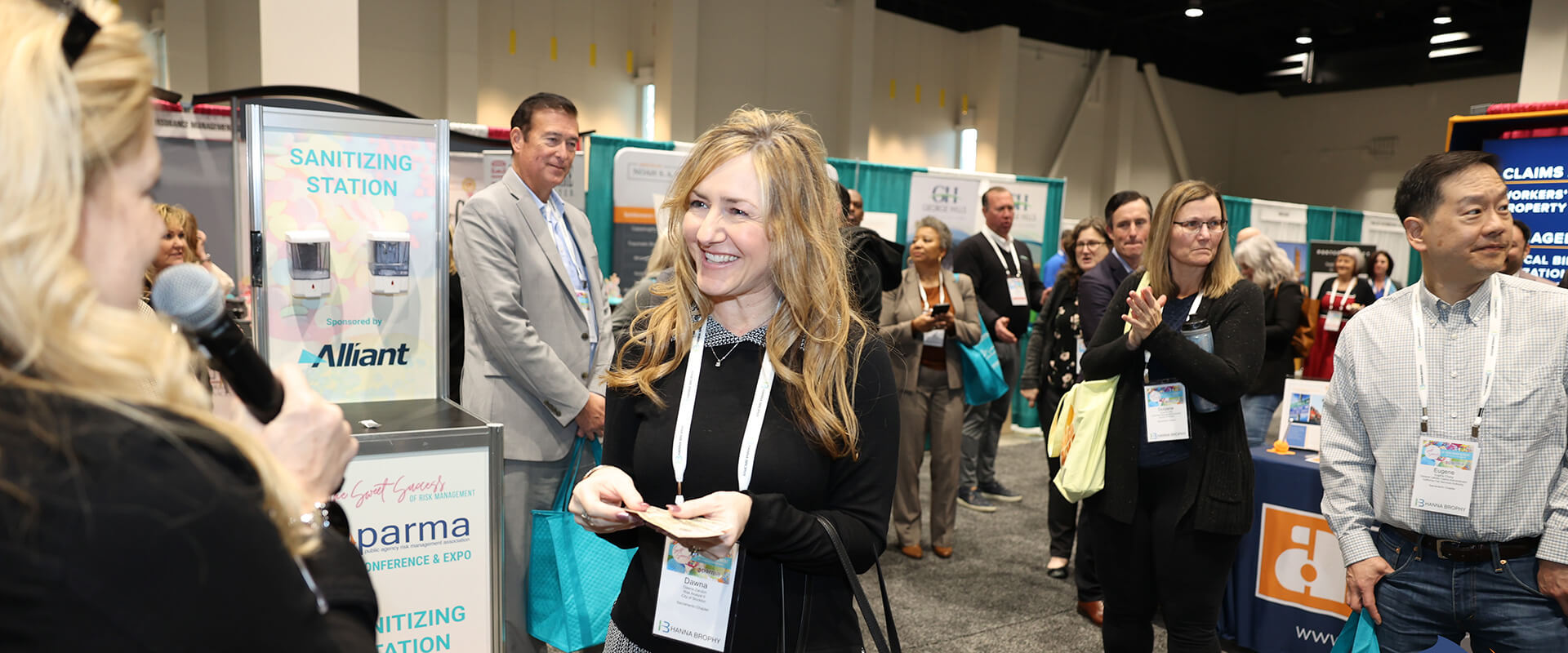SPRING VALLEY, LAKE COUNTY
Fueled by high temperatures, dry grasslands and gusting winds, a series of wildfires continued to burn across Northern California counties Monday as firefighters braced for what may be another brutal fire year for California.
Following the devastating firestorms that killed 44 people last fall and caused roughly $10 billion in damages, Cal Fire is warning that the number of fires and acreage burned so far this year is higher than the same six-month period last year, and far above the five-year average.
In the last week alone, Cal Fire has responded to 256 blazes, 90 of them just on Saturday and Sunday, Cal Fire spokesman Scott McClean said.










